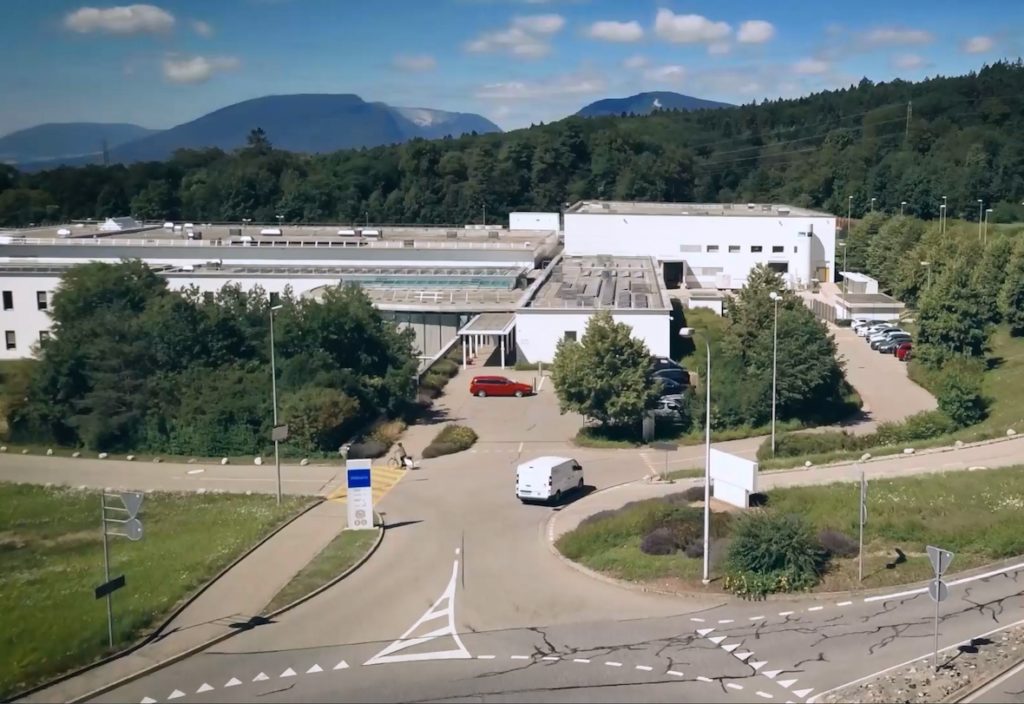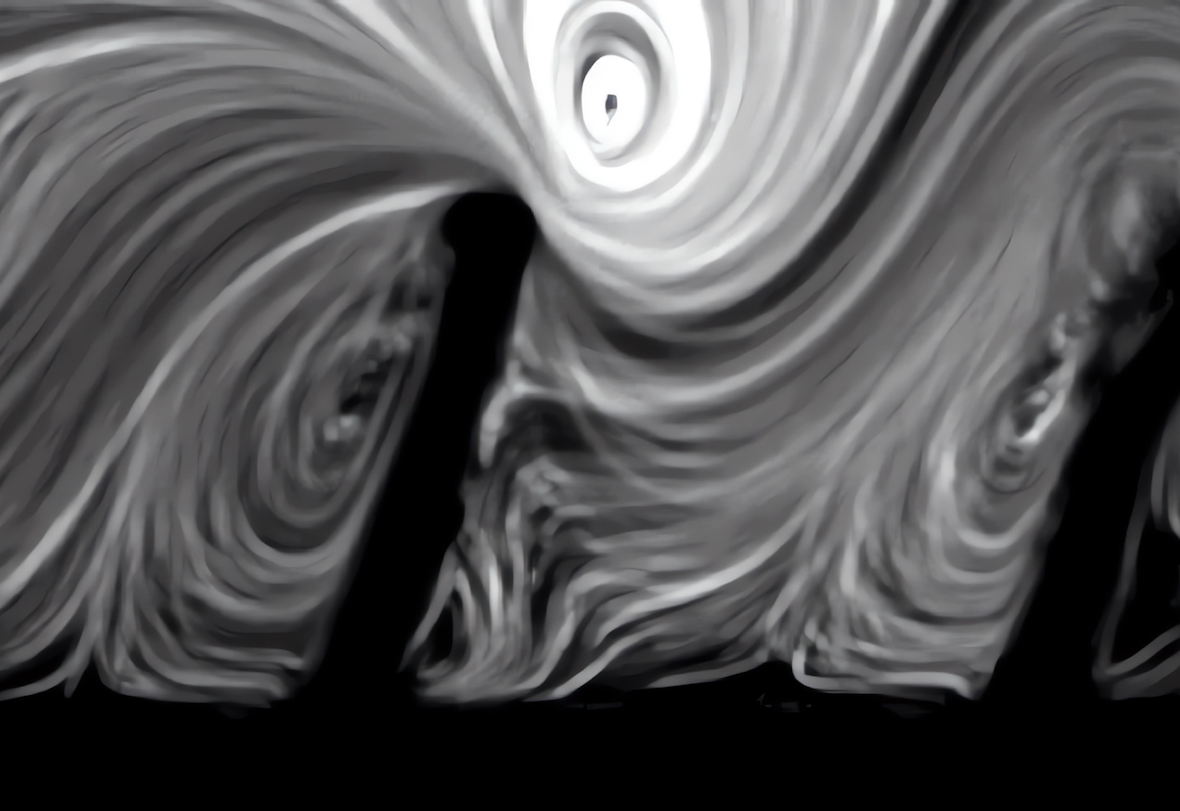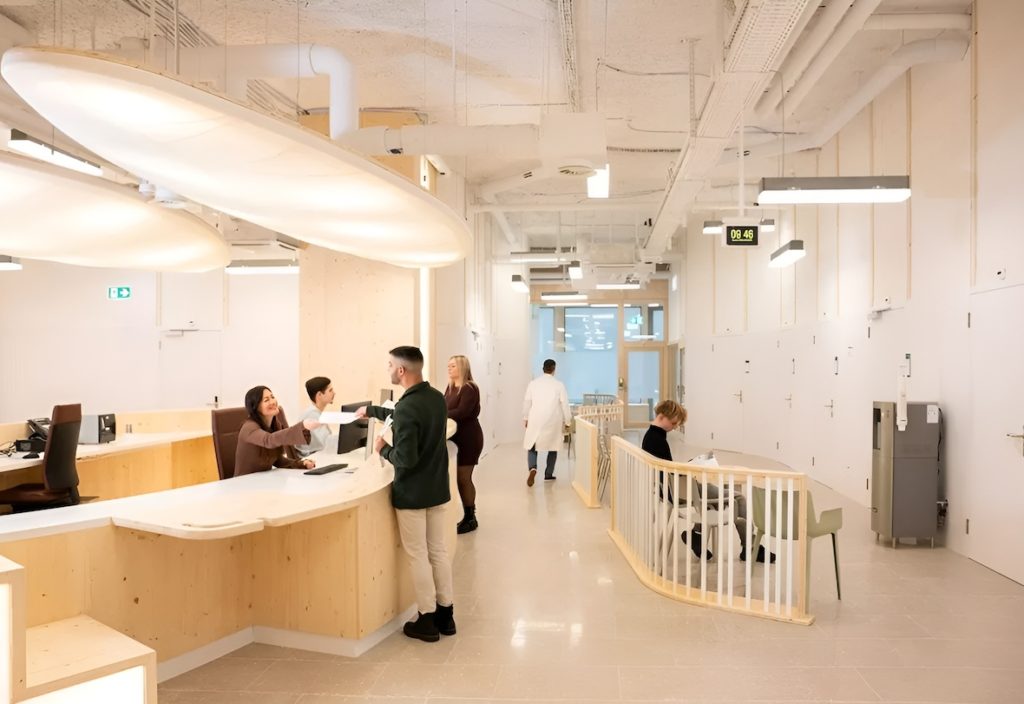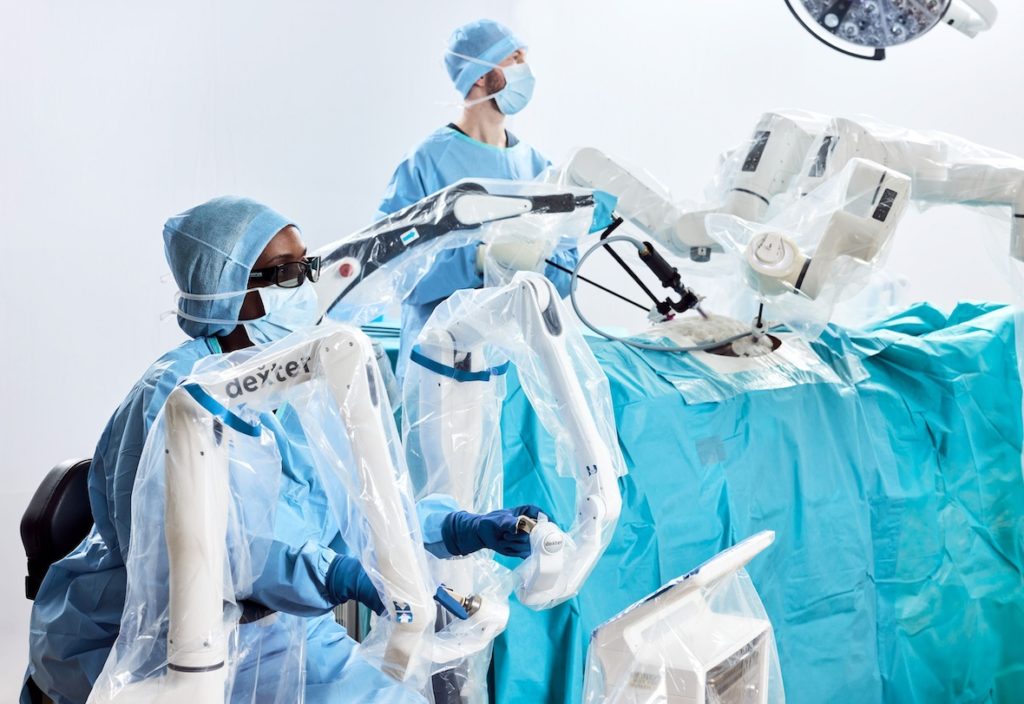
University of Bern researchers pioneer ultrasound-based method to clean implanted medical devices
5 May 2025
 The surface of the urinary stent features micro-structures with sharp edges such as cilia. Through ultrasonic activation of these micro-structures, a very efficient streaming is created, called acoustic streaming. | © Cornel Dillinger, Pedro Amado
The surface of the urinary stent features micro-structures with sharp edges such as cilia. Through ultrasonic activation of these micro-structures, a very efficient streaming is created, called acoustic streaming. | © Cornel Dillinger, Pedro Amado
University of Bern researchers have developed an ultrasound-powered method to clean stents non-invasively, improving patient care and reducing hospital costs.
Researchers from the University of Bern, Inselspital, and ETH Zurich have developed a promising new technology that could significantly improve the treatment of patients fitted with implanted urinary stents and catheters. Using ultrasound and artificial cilia, the solution enables non-invasive cleaning of these devices to reduce infection risks, improve patient comfort, and ease the burden on healthcare systems.
Implanted urinary stents and catheters are widely used to maintain drainage in patients suffering from blockages caused by conditions such as kidney stones, tumors, or anatomical narrowing. Over time, these devices accumulate bacterial biofilms and crystalline deposits, which can lead to infection and device failure. Current solutions require regular replacement of the devices every two to six months, a process that can be uncomfortable for patients and costly for hospitals.
In a recent study, an interdisciplinary team led by Dr. Francesco Clavica (University of Bern and Inselspital) and Prof. Daniel Ahmed (ETH Zurich) demonstrated that ultrasound can activate artificial cilia, which are tiny hair-like structures on the device’s surface, to generate fluid motion that removes harmful buildup. The findings were published in PNAS and are based on laboratory models mimicking human ureters.
The project emerged from a collaboration between medical engineers and clinical specialists at Bern’s ARTORG Center and the Inselspital, supported by the University of Bern’s Innovation Office. It also received funding from the BRIDGE program, a joint initiative of the Swiss National Science Foundation and Innosuisse.
Work is now underway to develop a prototype device for animal testing, with the aim of launching a spin-off company to bring the product to market. The team emphasizes that while further development is required, the results represent a promising step toward improving long-term outcomes for patients.

